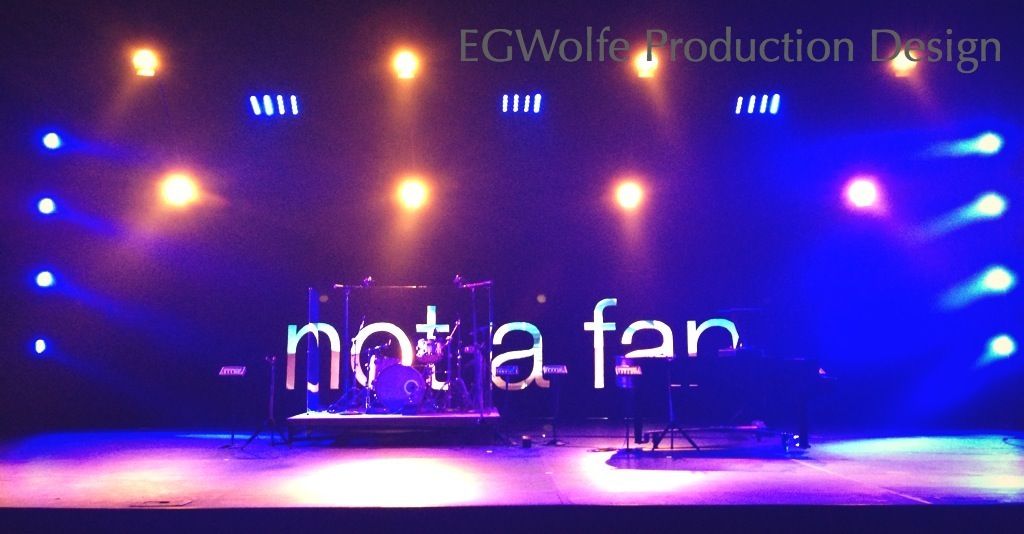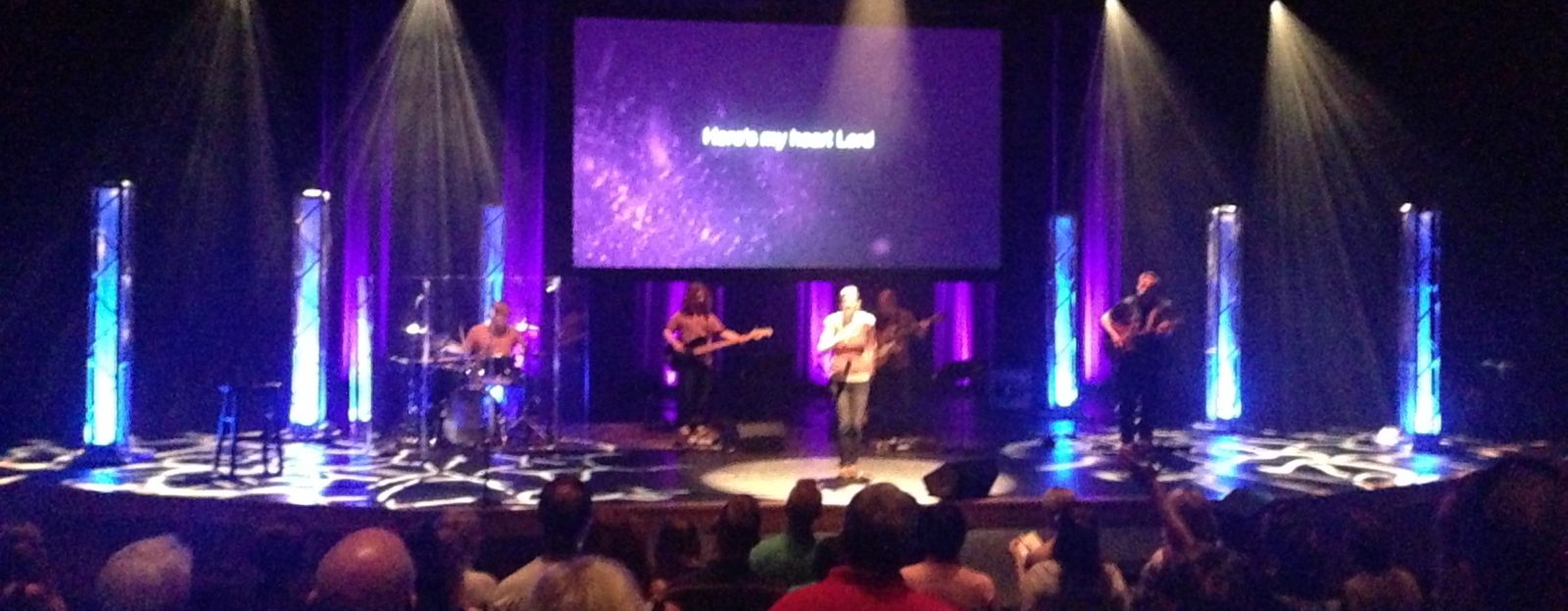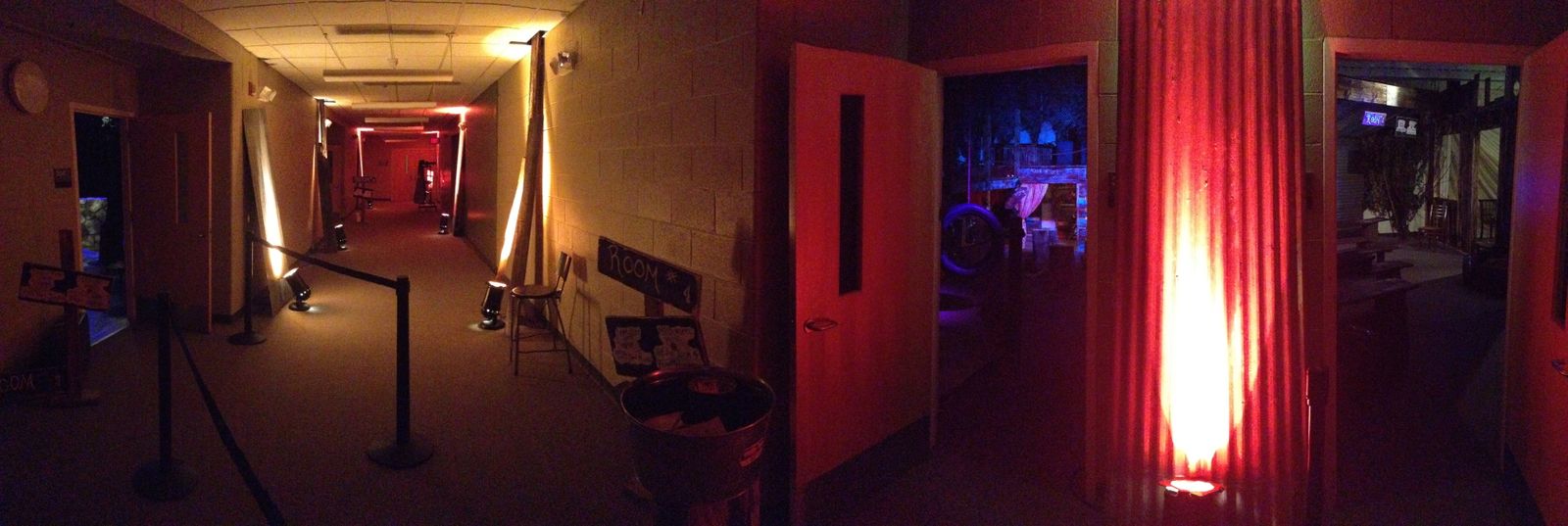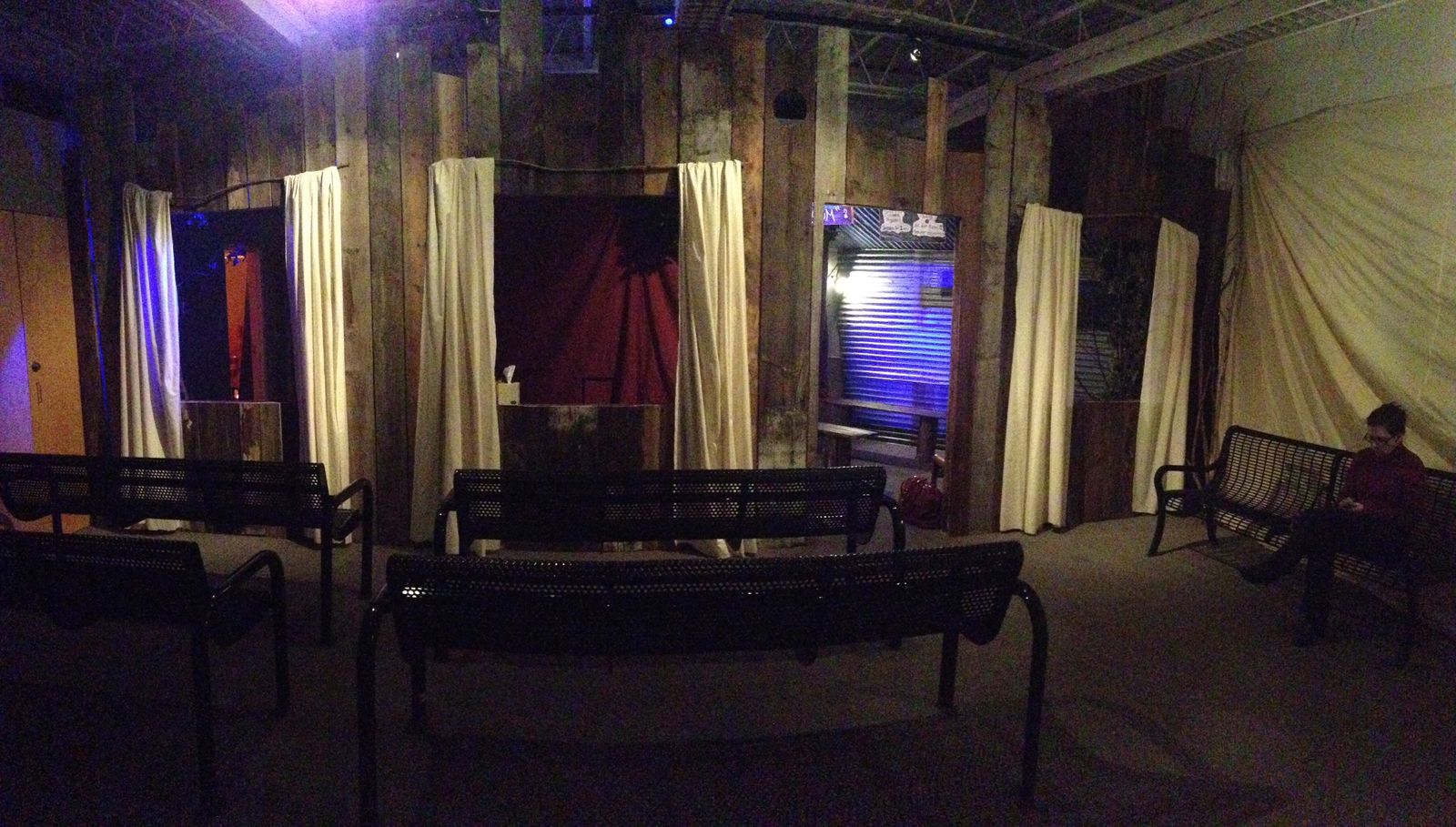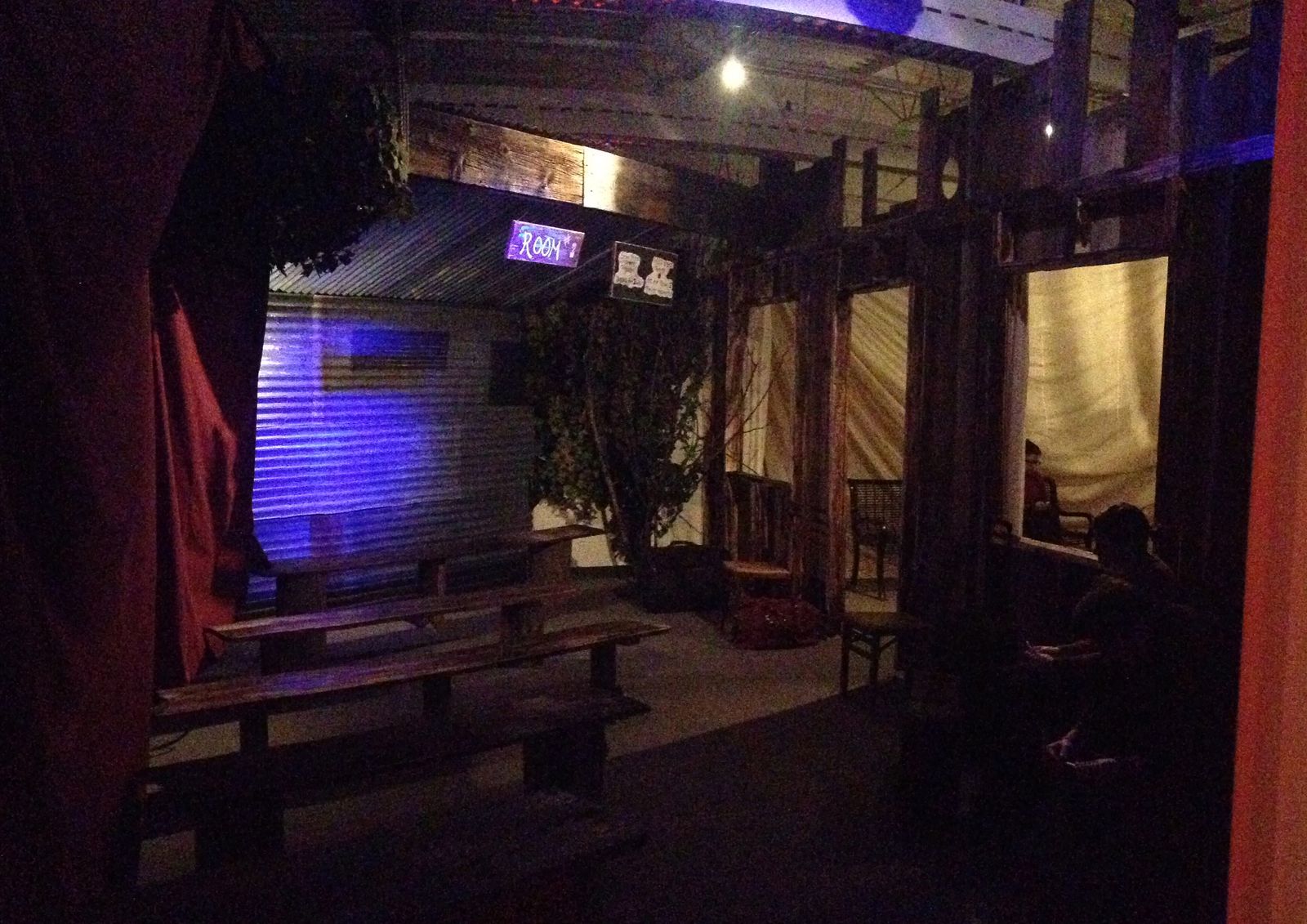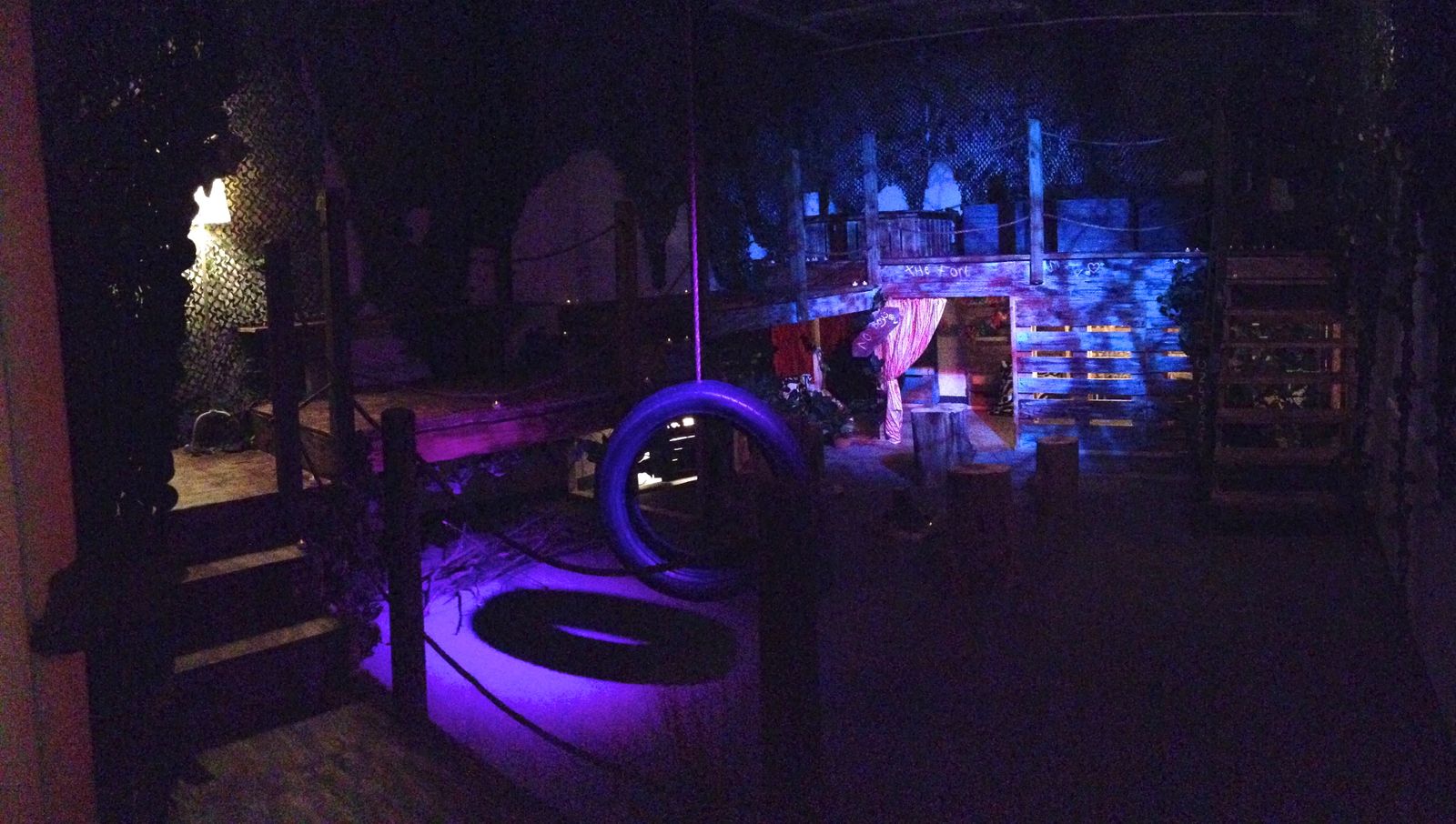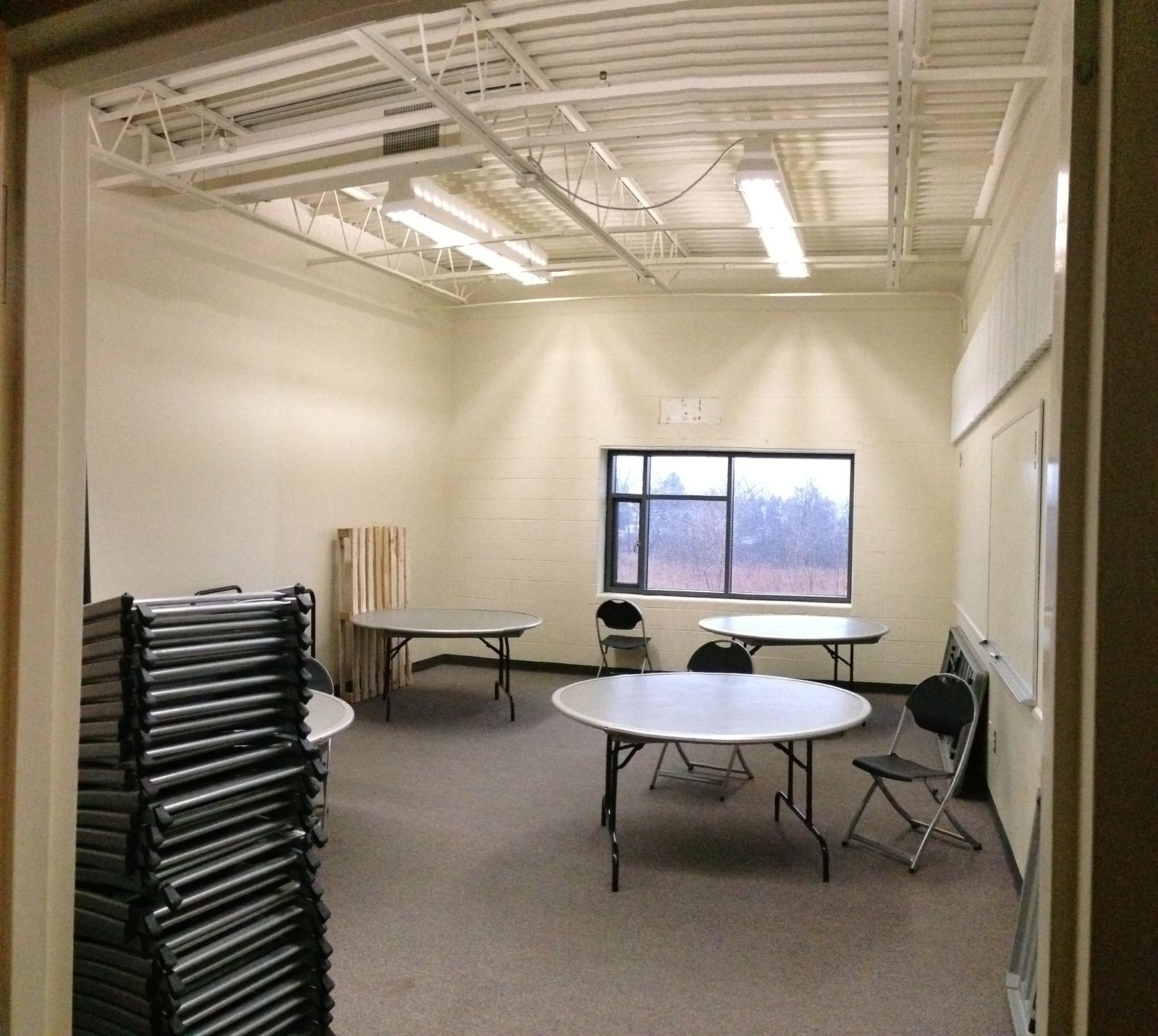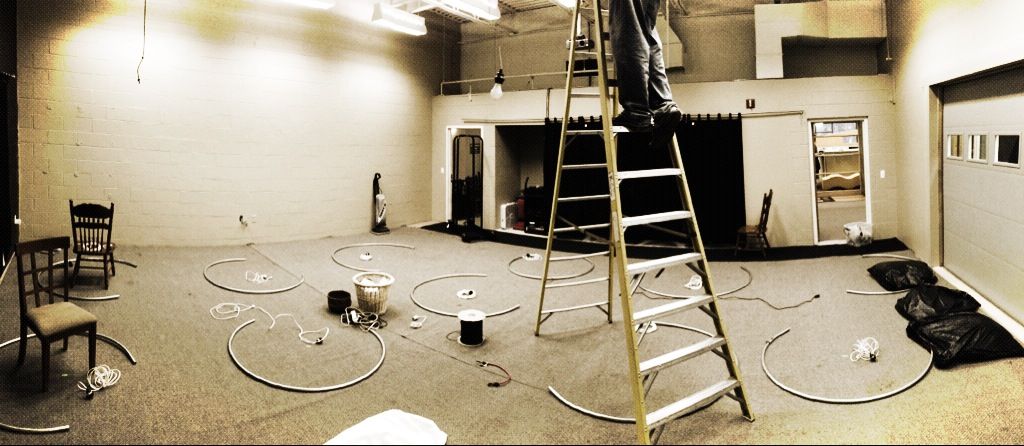I often get asked questions about my thoughts on design materials and/or our production process. These are my responses to an email that I sent out yesterday:
What do you think of the trend to have a big video or LED wall as the main set feature?
I think big screens are fine so long as 1, you have the budget; 2, you have the stage space, 3, and most importantly if you produce content worthy of the space. I personally think they’re cliché and typically only put a screen in the set for events where we have a click-tracked music video that goes along with a live song. Regarding LED walls, the time has come when they’re legitimately worth considering: If you’re living in sets for a length of time, if you have a shallow stage, if you don’t already have a good projector, etc.
Do you still create a new set every week?
We still do at least two sets every week - changing our stage to uniquely support every event. I’m not sure it’s the way for everyone, but it continues to work for our context. If nothing else, it lets me exercise my own mind ;) However, doing a turn after every service is what maintains our volunteer team. Our typical turn lasts 75-90min to change from one stage to the next. A big reason why we can succeed at this is that it has become our regular workflow. Our volunteers don’t know that it’s not normal, so they just do… #process
What are you currently using the most for sets- fabric/lighting? set pieces?
We have a "tinker toy set" of go-to materials that I use to design from. Truss, fabrics, hard-goods, lights, etc. In addition to our inventory, I’m always on the lookout for materials that could catch light well. I file away photos and ideas in Evernote (and too often honestly, just the back of my mind #GTDfail) to recal later when I hear the idea that a material could be perfect for feel.
For the past few years, I’ve been creating stages form the "box" I determine for myself at the beginning of each series: I choose 2-4 materials that I will use as through-lines for each series. Then I use these in a different way to support the art and tell the story specific to each day.
Example is that for our current Midweek series (5 weeks talking about women from Scripture) I’m using a silver sheer fabric and our moving head profiles. We just finished a Weekend series titled "Walking Dead" where I wanted to riff on a post-apocalyptic, industrial vibe. I found about a dozen unused 4’x10’ cage pieces (used for storage in our basement) and set these up on stage with some rusty (or painted to look so) 55gal drums and some pallets - throw some gobo breakups at these, and you have a look. Then just change up the placement and it feels new each week.
The soft goods are an example of something we have in our inventory. I purchased a roll of this fabric for an event this past fall; now we can use it whenever we want. The cage pieces are an example of something I’ve been waiting to use for years, honestly. I just needed the right series, where they’d make for the perfect visual.
We are thinking about limiting our design to 4 really good sets and tweaking them on a per series basis, at least until we get into our new campus late next year. What do you think of that plan?
A majority of my church clients seem to like the idea of 3-5 really good sets over the course of a year - per season, rather than per series and perhaps with something special for Christmas and Easter. I think this strategy can be a good one. The main thing to consider is how they can be adapted to any special events that might need the space. Is it possible to close the main traveler? If living in an industrial, production based design, is it possible to create a look that can be tender and beautiful? There are ways to think through this and plan for such occasions. My main caution when living in a set for such a length of time is the potential "rats nest" of cable that can build up. Also, when a team is not regularly doing stage turns, it tends to take a much longer time; therefore plan on a day or two instead of a couple hours.
Also, make sure to consider your lighting inventory/plot. Poor lighting will negate even the best set; for that matter, good lighting will make an ok set look fantastic.
